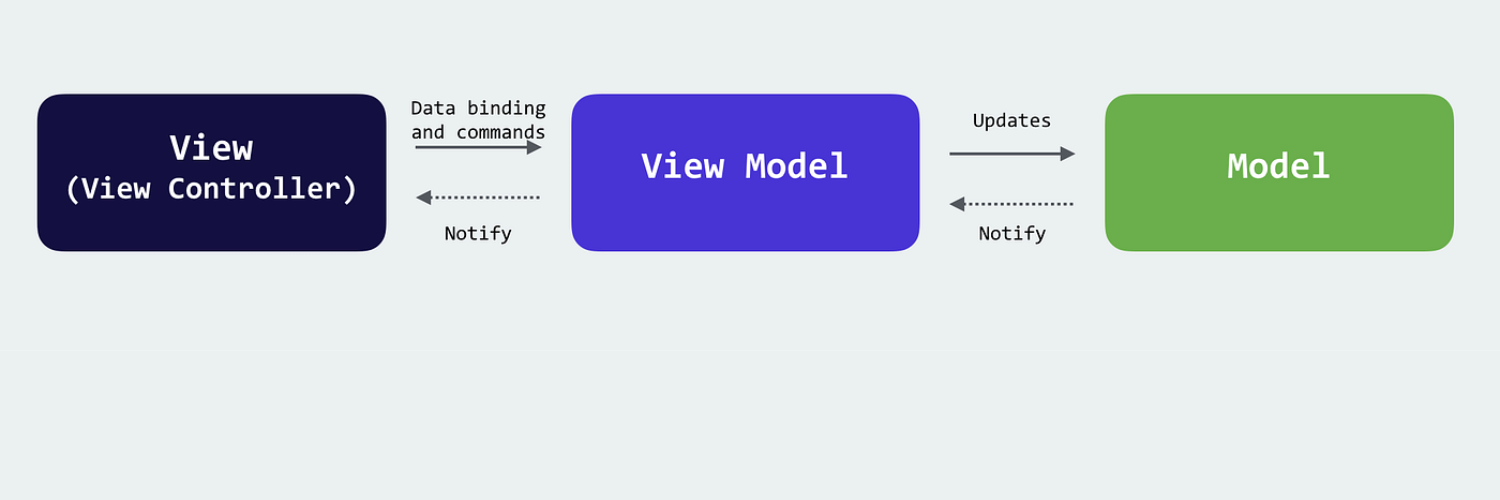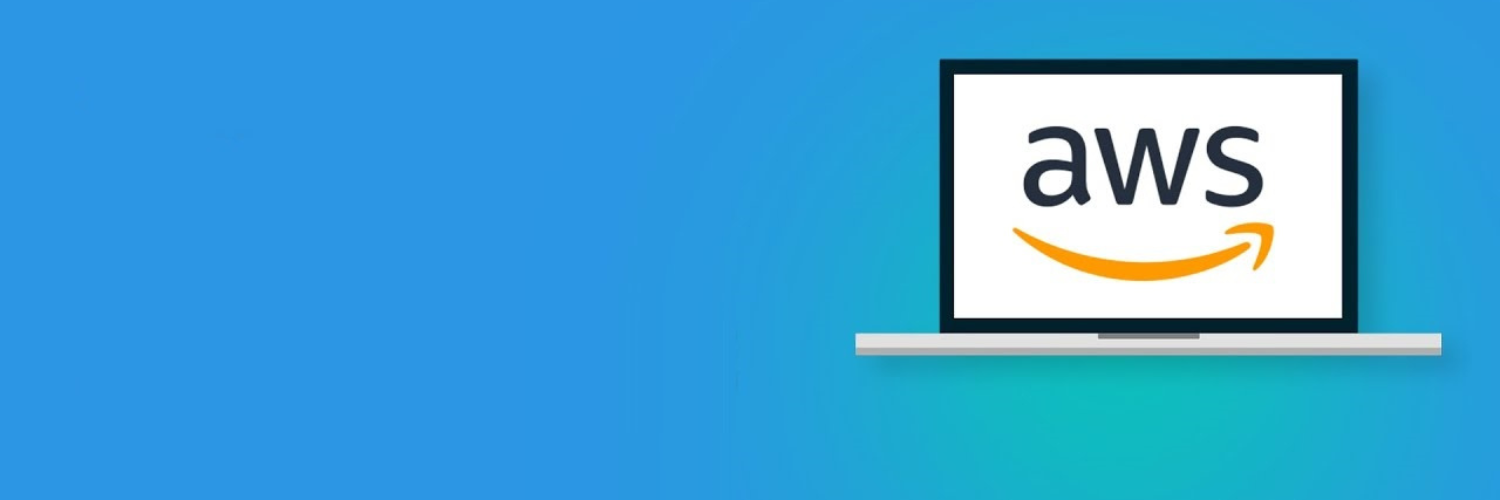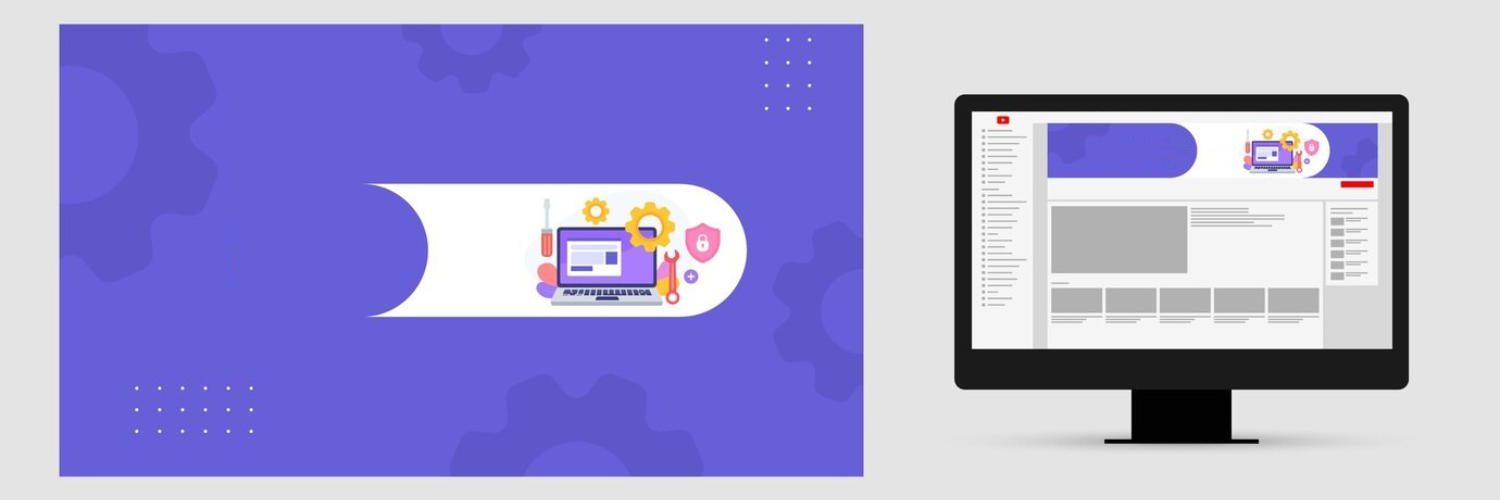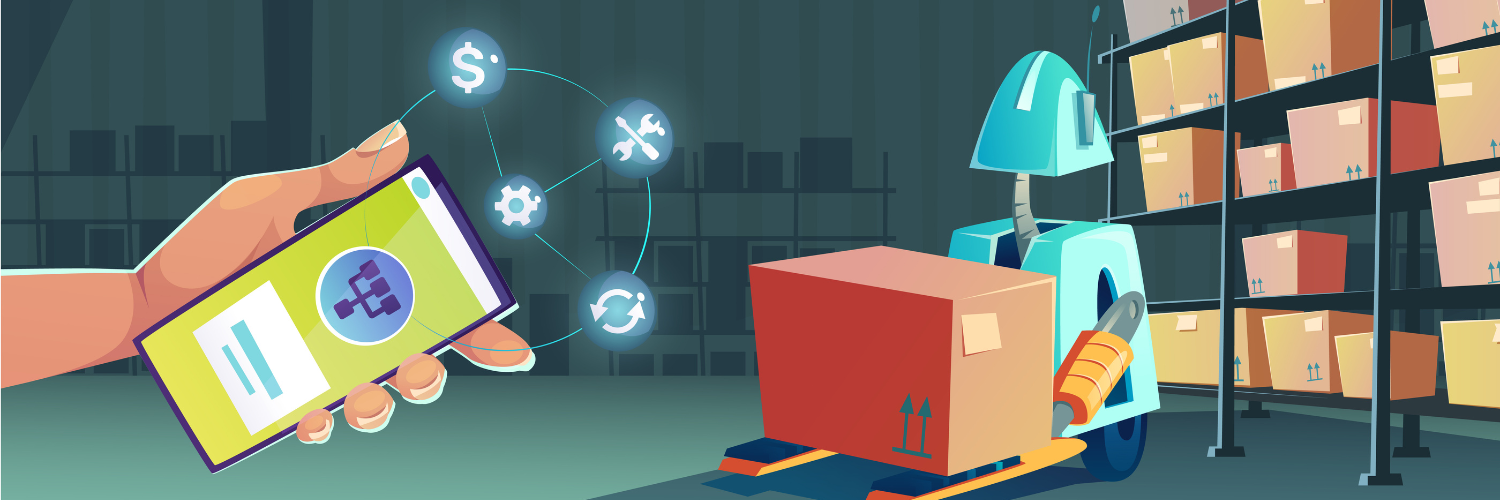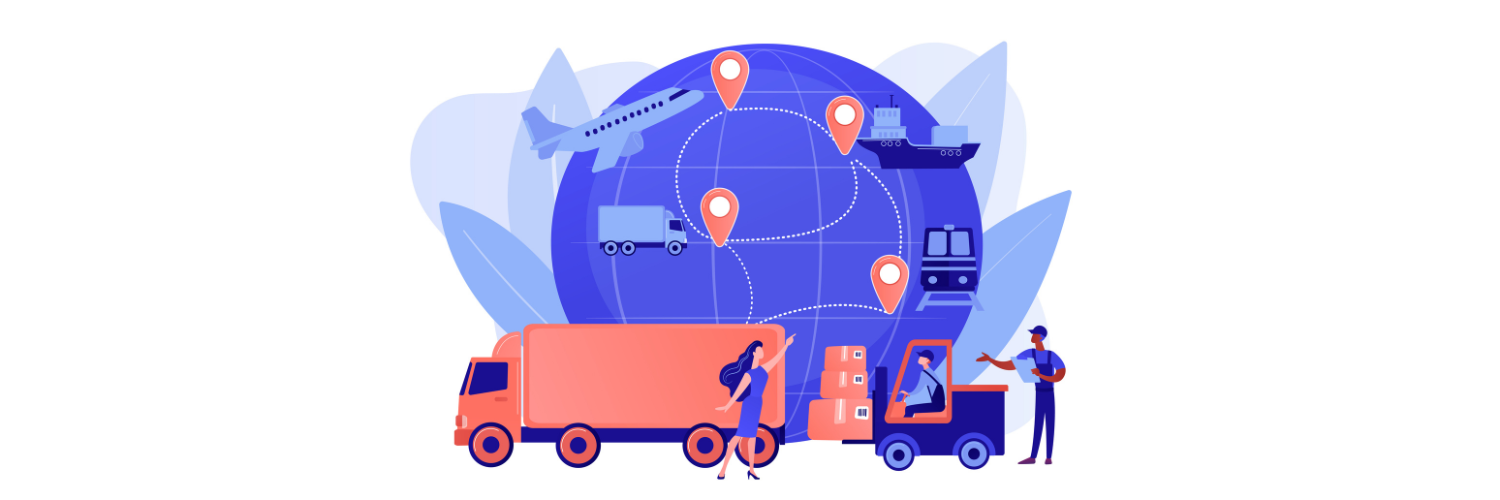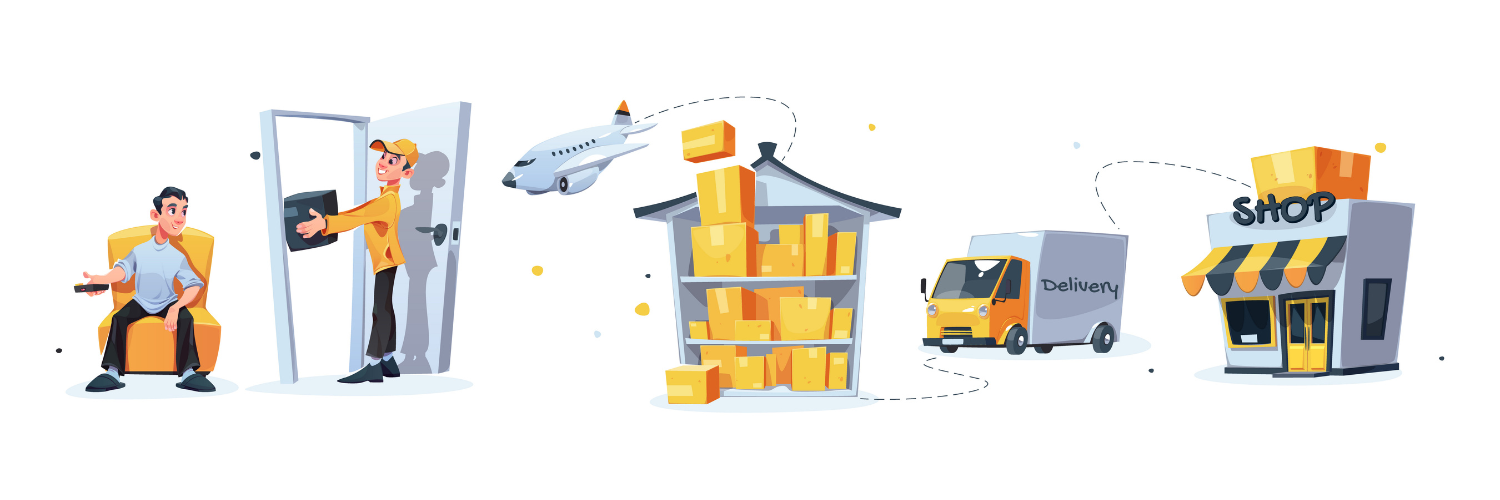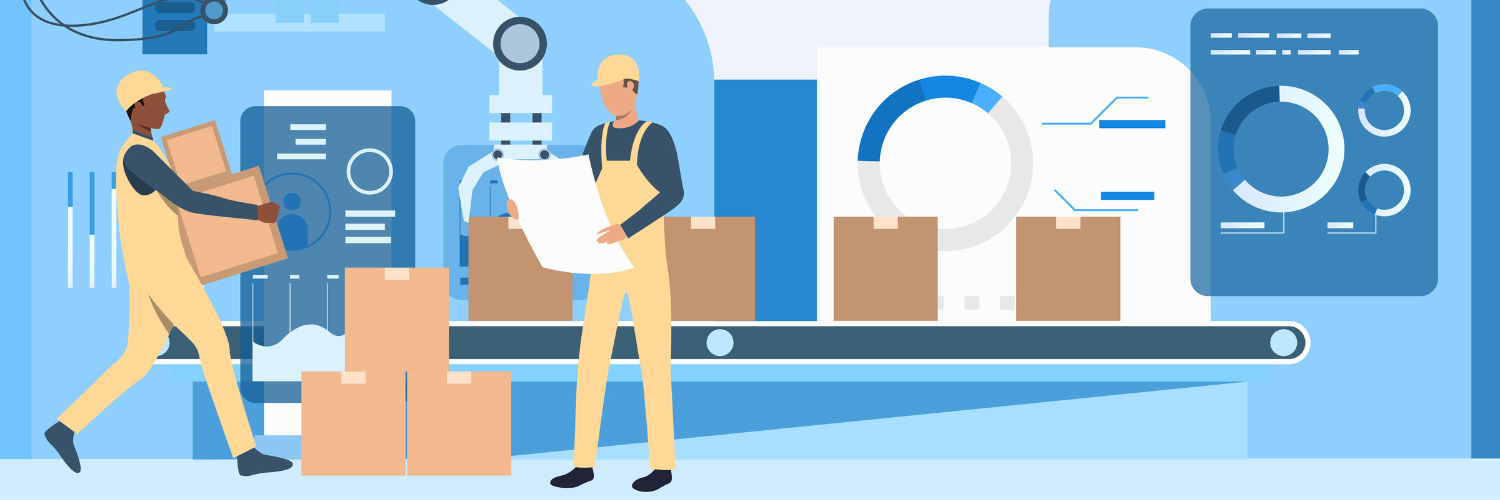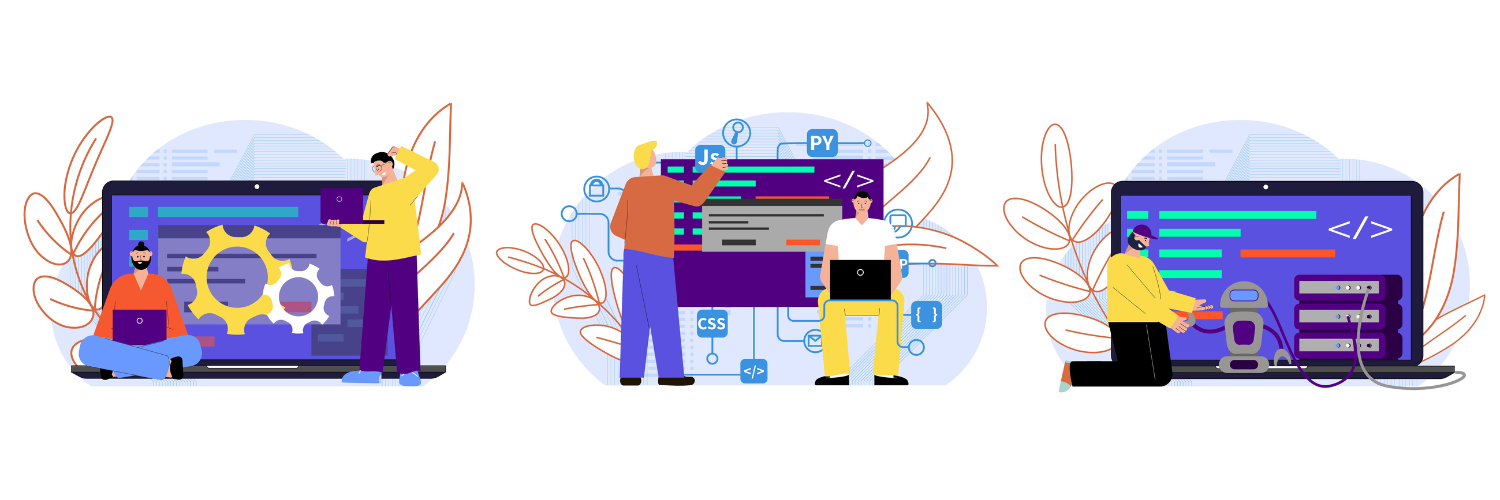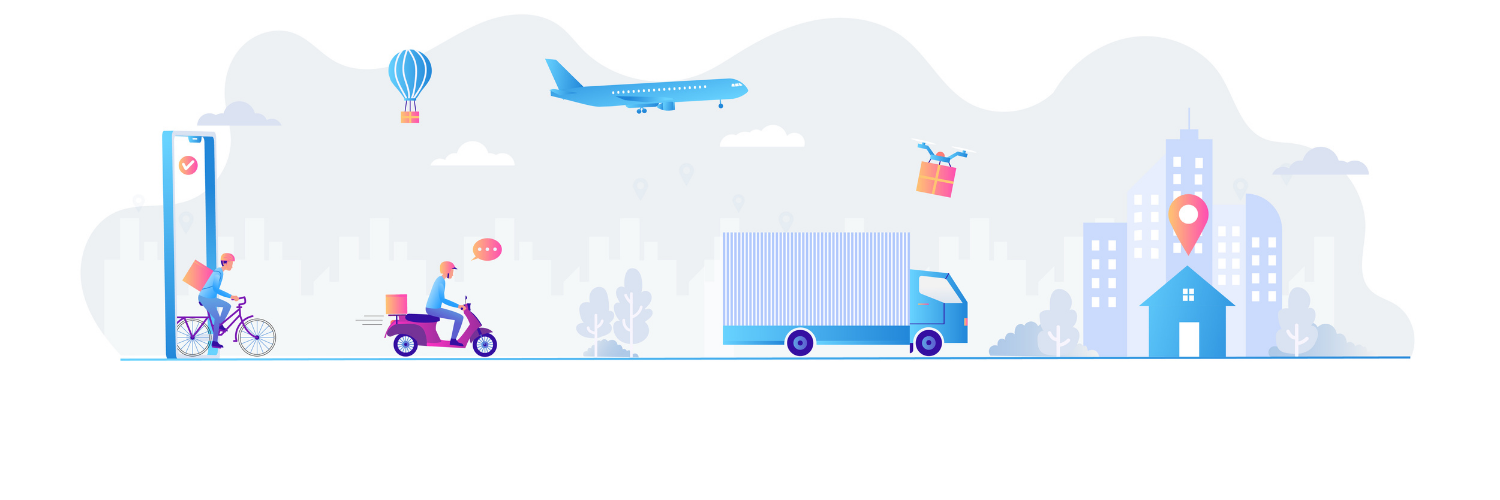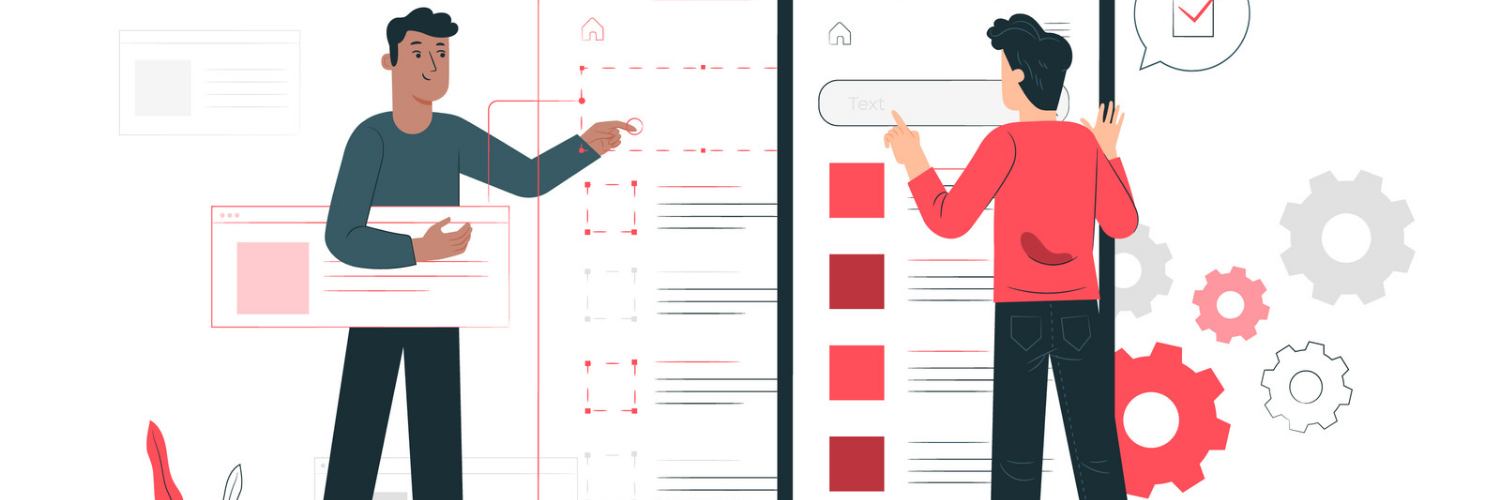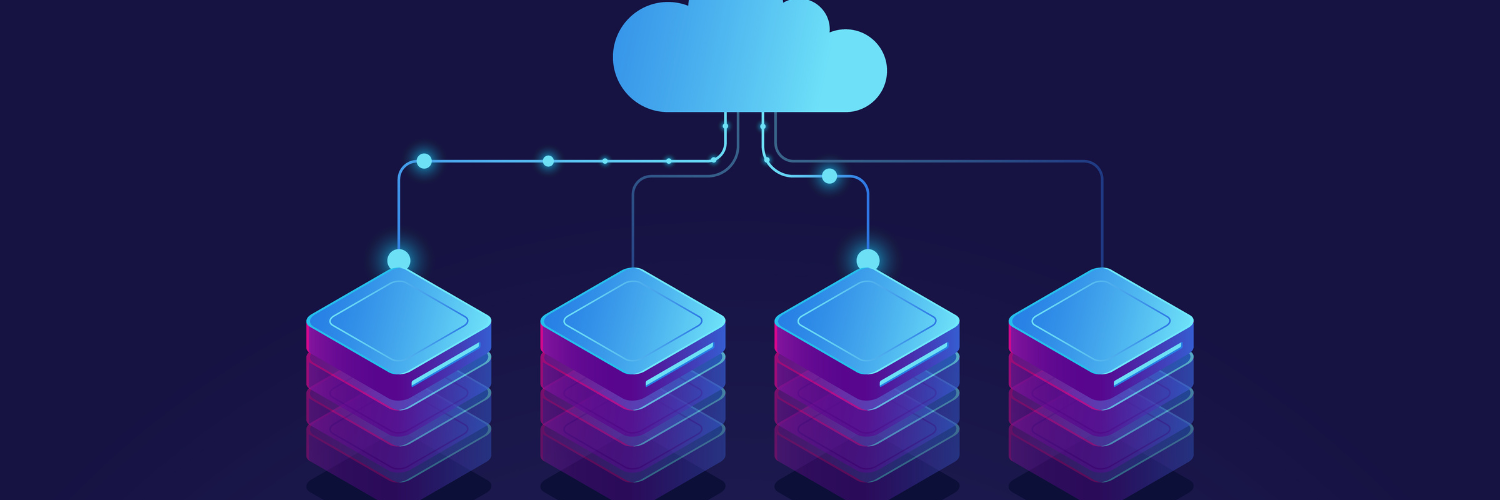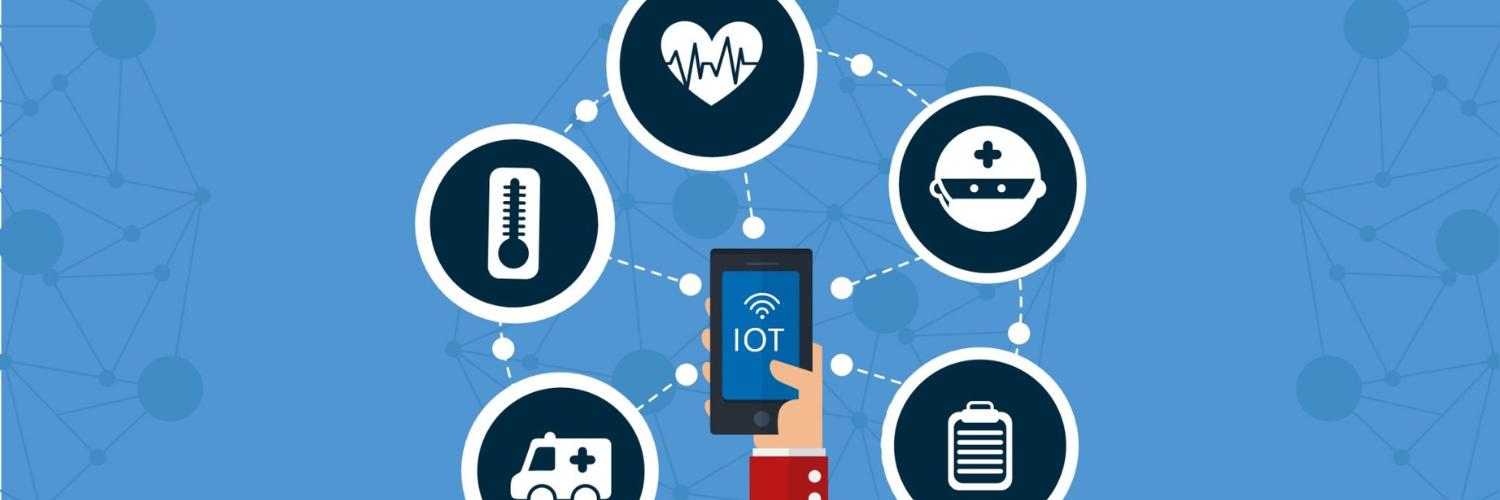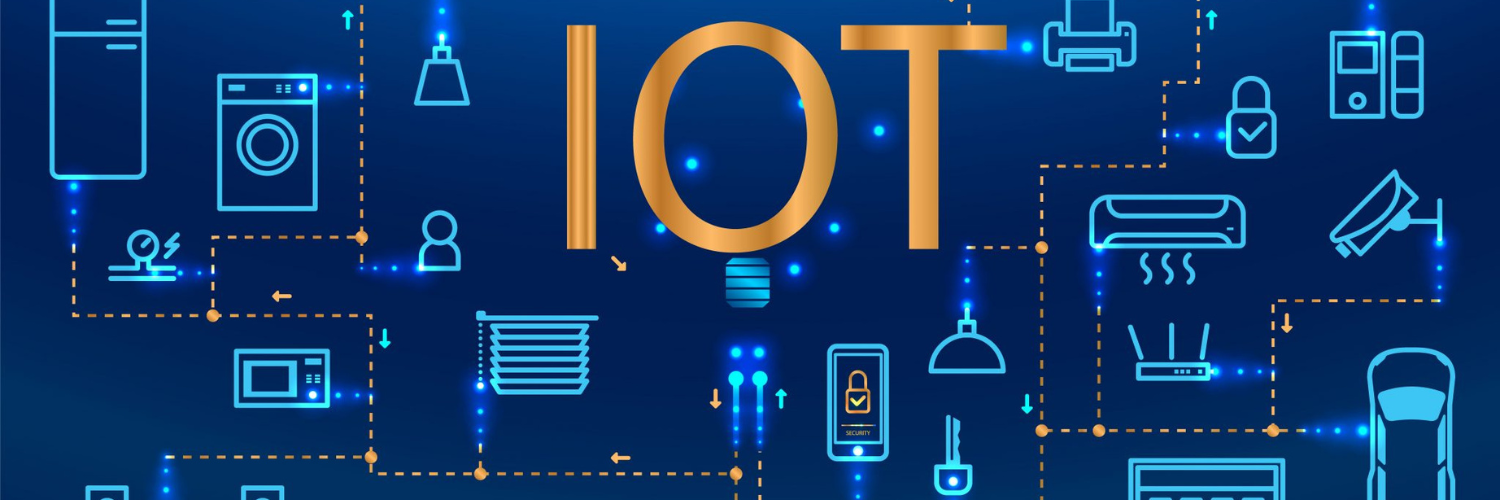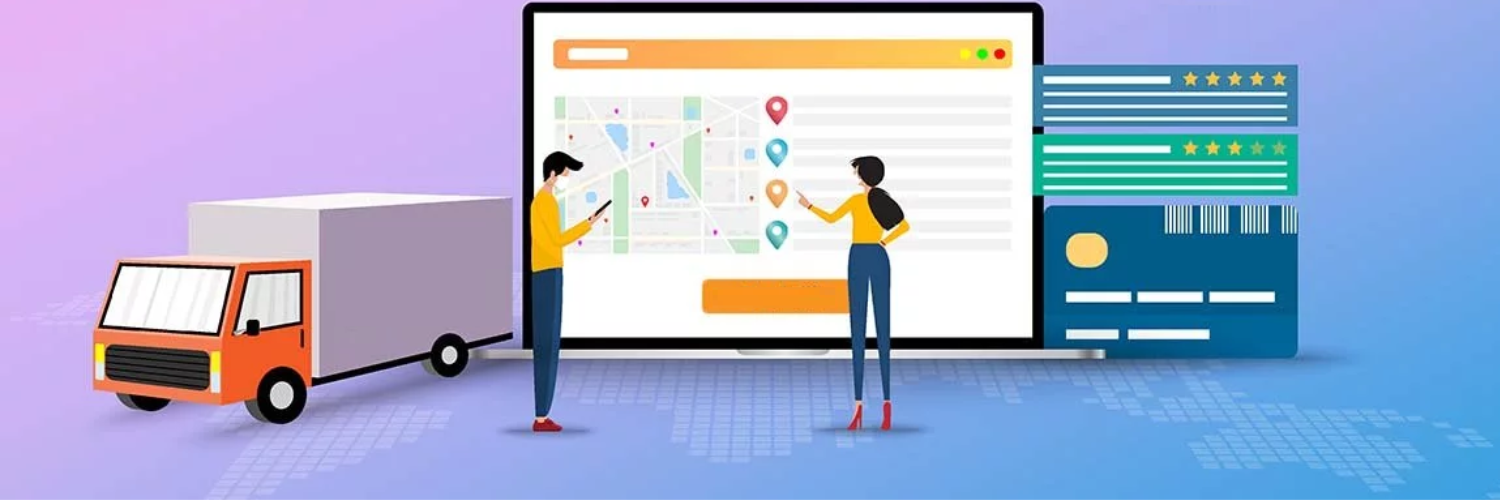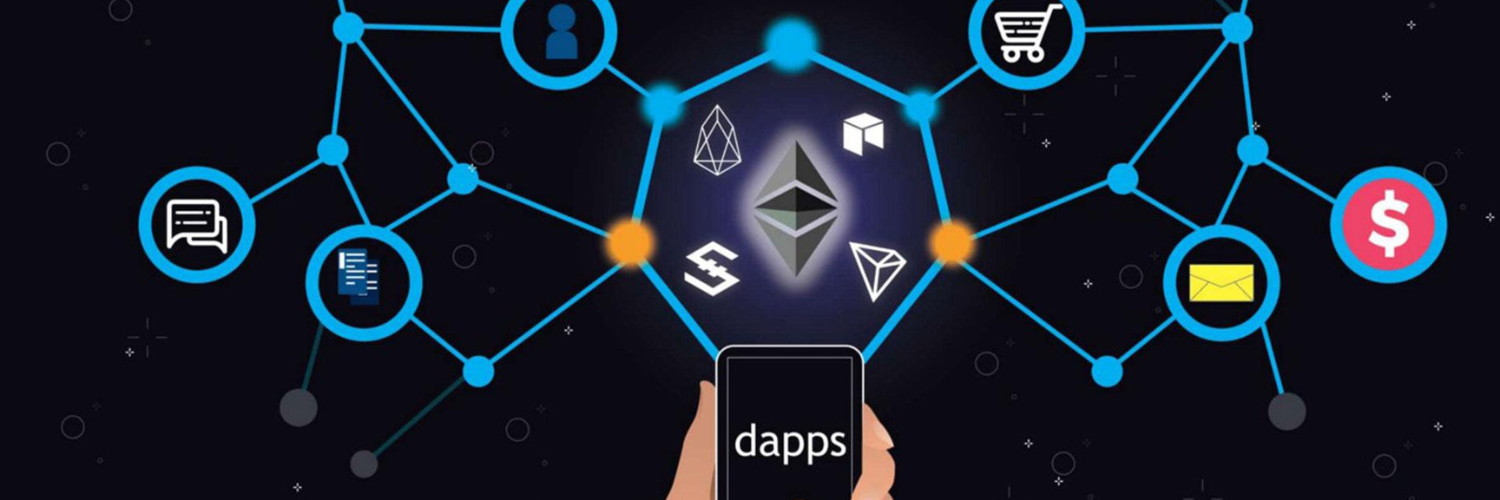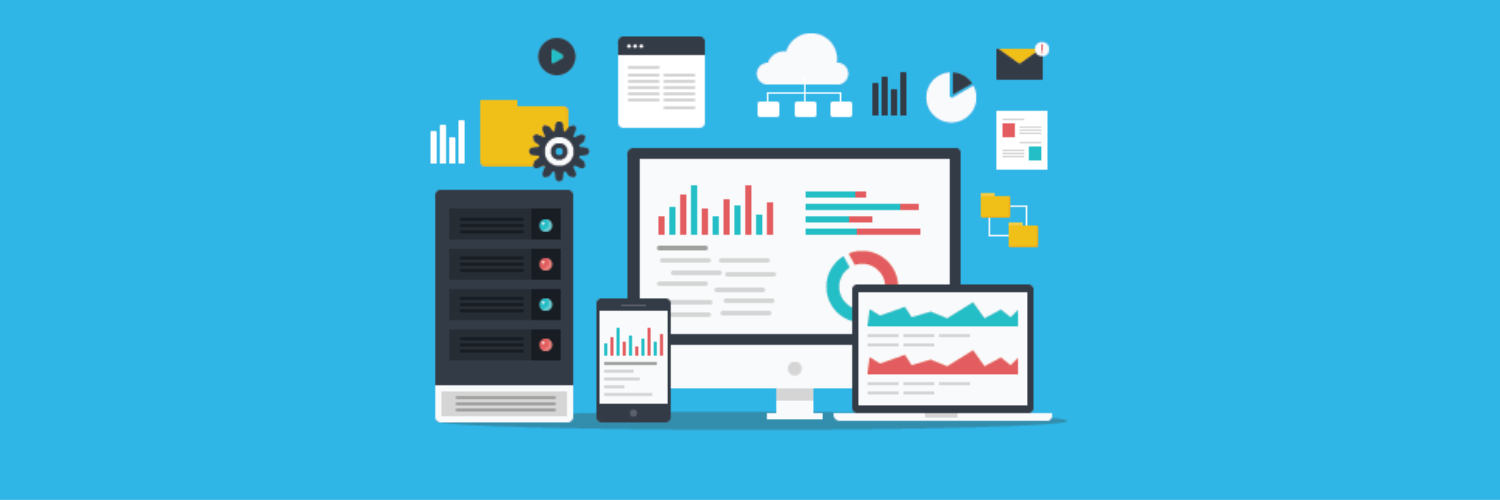In today’s digital world, the app market continues to boom, and the potential for success is enormous. With over 258 billion app downloads globally projected by 2024, the app industry is poised for continued growth. However, launching a successful app is more than just having a great idea. Before starting your app business, you need to assess market needs, costs, competition, and other critical factors to ensure your venture stands out in this competitive space.
In this blog, we’ll break down the key factors you must consider before starting an app business. Backed by data and insights, we’ll guide you through how to set up a roadmap for your project and increase your chances of success. If you want to discuss these strategies further or need expert guidance, our team at Utah Tech Labs is ready to help you craft the perfect plan. Let’s dive in!
1. Market Research and Understanding User Needs
Understanding the market is the first and most crucial step. Conduct comprehensive market research to identify:
- Target Audience: Determine who your app will serve. Are they Millennials, Gen Z, or Baby Boomers? Knowing the age group, location, and preferences of your users is essential.
- Pain Points: Focus on user pain points. What are the daily problems or frustrations they face, and how will your app solve them?
- Competition Analysis: Identify top competitors and study their app features, pricing models, and customer feedback. 70% of app failures are due to inadequate market research, so take this step seriously.
Data Insight:
According to Statista, the most popular app categories in the US are gaming, social media, and entertainment apps. However, there is increasing demand for utility, productivity, and financial services apps. This means there are untapped opportunities for innovative solutions, especially within SMB and startup markets.
---------------------------------------------------------------------------------------------------------------
2. Defining Your Unique Value Proposition (UVP)
What sets your app apart from thousands of others? Your Unique Value Proposition (UVP) should clearly communicate why your app is different. Focus on:
- Unique Features: Offering something distinct is critical. For example, a productivity app that integrates machine learning to personalize tasks stands out more than a standard to-do list app.
- User Experience (UX): A seamless, intuitive user experience can be your biggest differentiator. A Forrester report reveals that good UX design can raise conversion rates by up to 400%.
- Performance: Speed, functionality, and minimal bugs are expected. Apps with frequent crashes lose 71% of their active users within a week.
Data Insight:
42% of app users uninstall an app because they don’t find it useful. Make sure your UVP addresses real-world needs and provides an undeniable reason to keep your app on the user's device.
---------------------------------------------------------------------------------------------------------------
3. Planning the Development Cost and Budgeting
Building an app is an investment. You need to budget not only for development but also for post-launch updates, marketing, and user acquisition.
- Development Costs: Depending on the complexity of your app, development can range from $40,000 to over $150,000. Startups and SMBs should focus on cutting development costs without sacrificing quality. Our team at Utah Tech Labs offers tailored app development services that help reduce costs while ensuring top-notch quality. Check out our approach here.
- Post-Launch Support: Factor in ongoing support costs like bug fixes, feature enhancements, and updates, which can account for 15-20% of the initial development cost annually.
- Marketing & User Acquisition: On average, the cost to acquire a user for an app is $2.89 in the US. Your marketing budget should reflect this if you aim for rapid user growth.
Data Insight:
On average, apps cost $40,000 to $120,000 to develop depending on complexity. However, 50% of apps fail due to underfunding and poor budgeting, especially regarding post-launch maintenance.
---------------------------------------------------------------------------------------------------------------
4. Technology Stack and Development Options
Choosing the right tech stack is vital for scalability and future updates. The main questions to answer are:
- Native vs. Cross-Platform Development: Will your app be iOS-specific, Android-specific, or cross-platform? Native apps provide better performance but at a higher cost, whereas cross-platform development can be more budget-friendly but may sacrifice some functionality.
- Backend Infrastructure: Consider cloud infrastructure (such as AWS or Firebase) that can scale as your app grows. According to Gartner, 90% of apps rely on cloud services for backend solutions.
Data Insight:
Cross-platform development tools like React Native have been shown to reduce development time by 30%. However, 80% of top-grossing apps are still developed natively for their respective platforms. If your budget allows, native development could provide better long-term stability.
---------------------------------------------------------------------------------------------------------------
5. Monetization Strategy
How will you make money? Many apps fail to monetize effectively despite having large user bases. Consider different monetization models:
- Freemium Model: Offering basic services for free with premium paid features.
- Subscription Model: Recurring revenue through monthly or annual subscriptions is highly profitable. According to Statista, subscription models saw 28% growth in 2023.
- In-App Advertising: Popular for free apps, but be cautious not to overwhelm users with ads, as 68% of users find excessive ads to be a reason for app abandonment.
Data Insight:
86% of app revenue comes from in-app purchases and subscription models, making them the most viable options for sustained profitability. Consider offering a subscription to premium features after users have experienced the value of the app for free.
---------------------------------------------------------------------------------------------------------------
6. Legal Considerations
Don’t overlook the legal aspects of app development:
- Privacy Policies: With GDPR and CCPA regulations, user data protection is mandatory. Ensure you have a clear and compliant privacy policy in place.
- Intellectual Property: Register trademarks and patents if necessary. 45% of app developers in the US have faced legal challenges due to IP conflicts.
- Terms of Service: Protect your business with well-drafted terms of service agreements that limit liability and safeguard your business.
Data Insight:
App businesses that neglect legal frameworks often face costly lawsuits. Having a strong legal foundation reduces risks and enhances user trust.
---------------------------------------------------------------------------------------------------------------
7. Launch Strategy and Marketing
The way you launch your app can make or break its success:
- Pre-Launch Hype: Build anticipation with teaser videos, early sign-ups, and beta tests.
- App Store Optimization (ASO): Ensure your app is optimized for app stores with targeted keywords, compelling screenshots, and user reviews.
- Influencer Marketing: 93% of app marketers report success from influencer marketing. Identify key influencers who align with your app's audience.
Data Insight:
80% of apps are discovered through app store searches, making ASO an essential part of your strategy. Leverage data and user feedback from early users to iterate and improve your app post-launch.
---------------------------------------------------------------------------------------------------------------
Final Thoughts
Starting an app business requires meticulous planning, strong budgeting, and a deep understanding of your target market. While the process can seem daunting, taking these factors into consideration will greatly increase your app's chances of success. If you're ready to take the leap and need expert guidance, Utah Tech Labs is here to help.
Get in touch with us today to schedule a meeting and start turning your app idea into reality. With our proven track record in reducing development costs and delivering top-tier apps on time and within budget, we can help you succeed. Visit our app development page to learn more.
Key Data Recap:
- App development costs range from $40,000 to $150,000.
- The average cost to acquire a user is $2.89 in the US.
- 86% of app revenue comes from in-app purchases and subscriptions.
- 80% of apps are discovered via app store searches, so ASO is crucial.
Entice your potential leads with this detailed and data-backed blog, emphasizing that partnering with Utah Tech Labs ensures their project will be handled with expertise, strategic insight, and cost-efficiency.
WRITTEN BY
Deimante Boguzaite
2024-09-09















